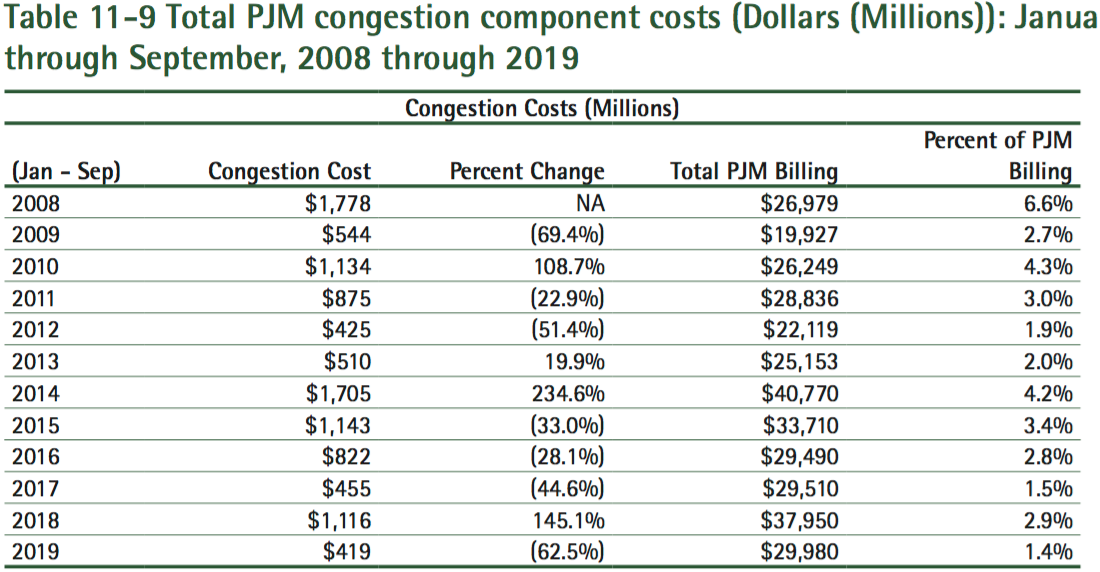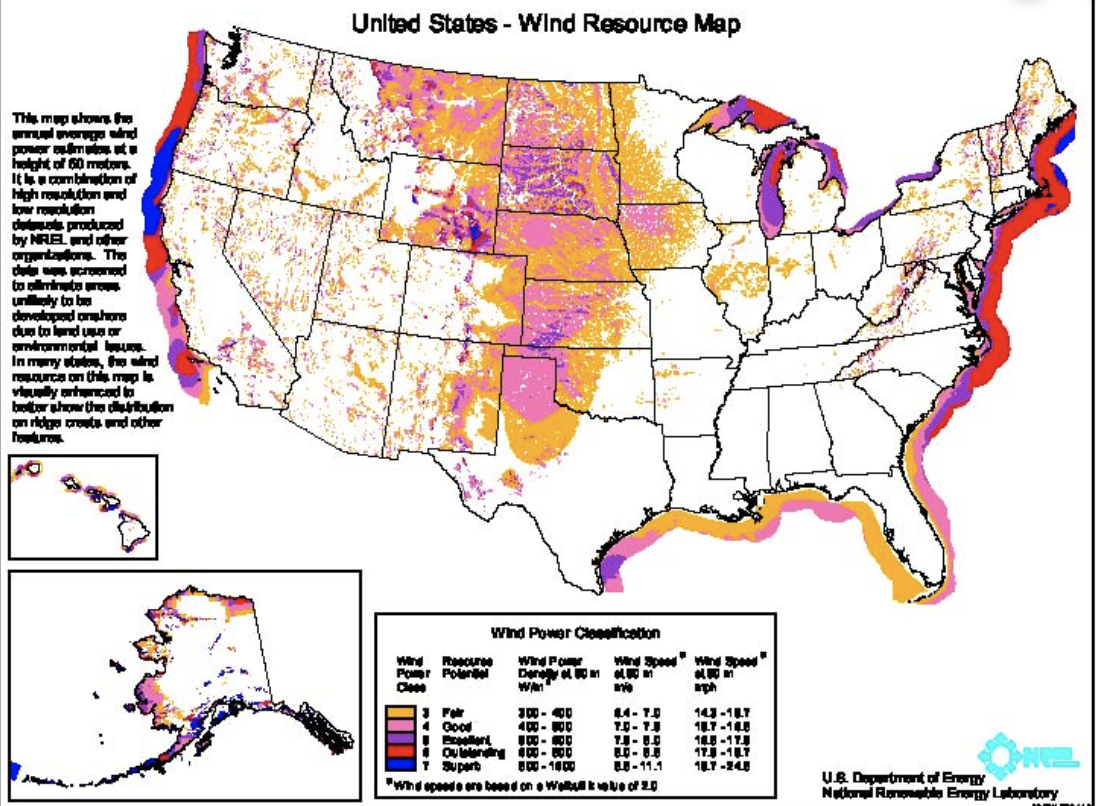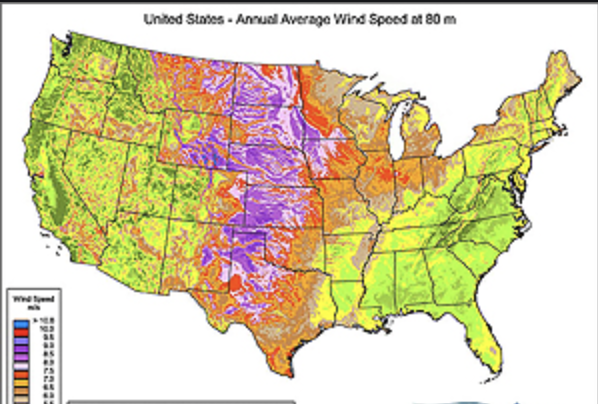The Court's opinion pretty much skipped over the entire eminent domain issue, choosing instead to devote much of its opinion to other issues, such as evidentiary challenges, where GBE refused to show its challengers "confidential" information the PSC relied on to approve the project, and "need" for the line. Little was said about eminent domain. In fact, the words "eminent domain" are nowhere to be found in the Opinion. Instead, "public utility" gets a scant mention. The Court recognized that a public utility must be for public use.
Regarding “public utility,” the relevant statutory definitions contain no explicit requirement that an entity be operated for a public use in order for it to constitute a public utility. However, Missouri courts have held that such a “public use” requirement was intended.
Here, the evidence showed that when the Grain Belt project is constructed and begins operation, it will transmit energy from wind farms in Kansas to wholesale customers in Missouri. In the case of MJMEUC, those customers are Missouri cities and towns that serve as electric providers to approximately 347,000 Missouri citizens. An entity, such as Grain Belt, that constructs and operates a transmission line bringing electrical energy from electrical power generators to public utilities that serve consumers is a necessary and important link in the distribution of electricity and qualifies as a public utility. Therefore, Grain Belt’s project will serve the public use, and Grain Belt qualifies as a public utility.
Missouri Farm Bureau President Blake Hurst gets it just right:
“We vigorously disagree with the court’s ruling upholding the Public Service Commission’s decision authorizing the use of eminent domain for the Grain Belt Express merchant transmission line. Grain Belt Express is not a public utility. Investors who want to negotiate rates privately and enter into contracts to sell electricity to the highest bidders should not be able to condemn land in order to build their dream project. Contrary to the court’s assertion, the Missouri Supreme Court has not suggested otherwise.”
One more potential obstacle that GBE faces is at the capitol. Legislation was recently pre-filed in both the Missouri House and Senate on our behalf. The House bill was filed by Representative Hansen and the Senate bill was filed by Senator Brown. We came very close to passage of the bill last session before time ran out. Since this year’s bills have been pre-filed in both houses with continued strong support from the Speaker of the House and other key leaders, we are optimistic the bills will be passed this session which begins at the first of the year. Stay tuned as we may be announcing a rally in Jeff City for the bills sometime this winter or early spring.
GBE is no closer to being built after this court decision. All the hurdles are still in front of it. What killed the other Clean Line projects? Legislation and the courts killed Rock Island Clean Line. Lack of customers killed the Plains and Eastern Clean Line. Whatever happens, I am confident that GBE will also fail. Keep fighting!







 RSS Feed
RSS Feed